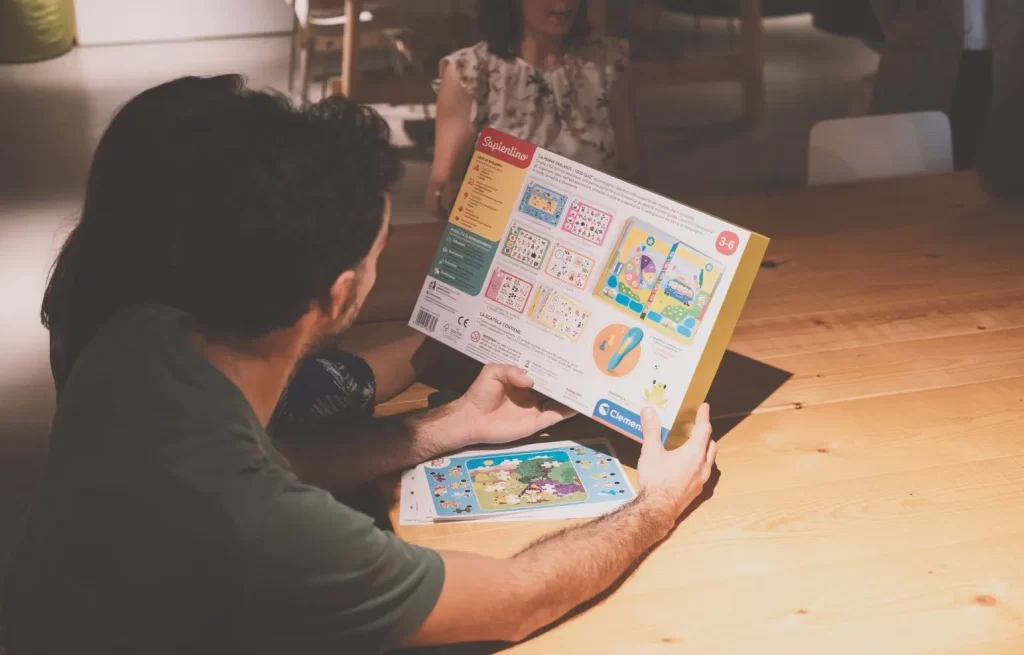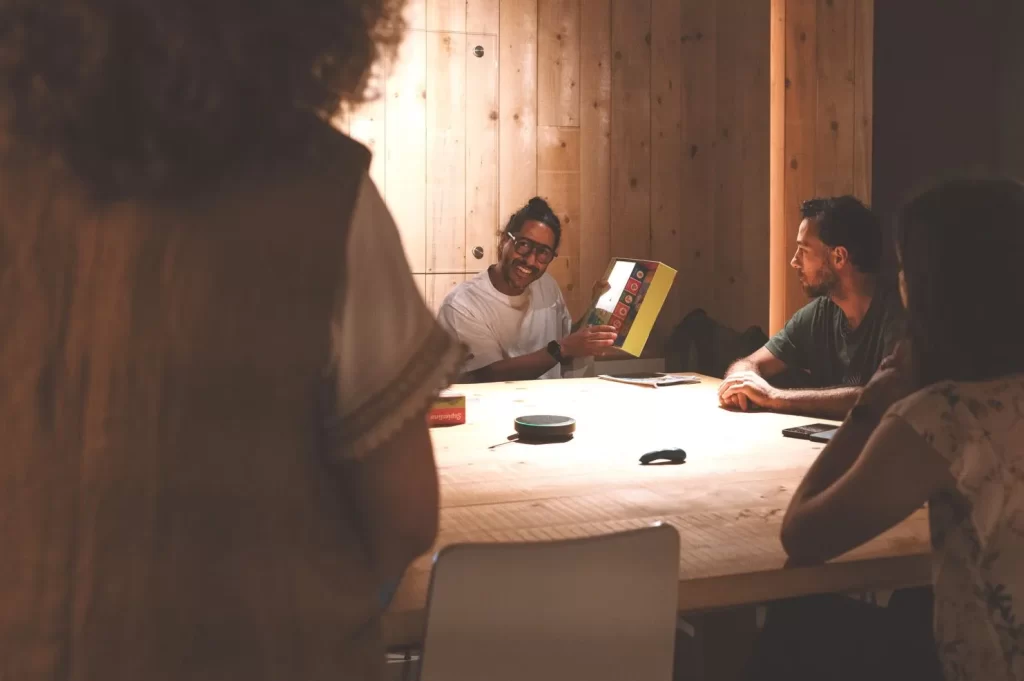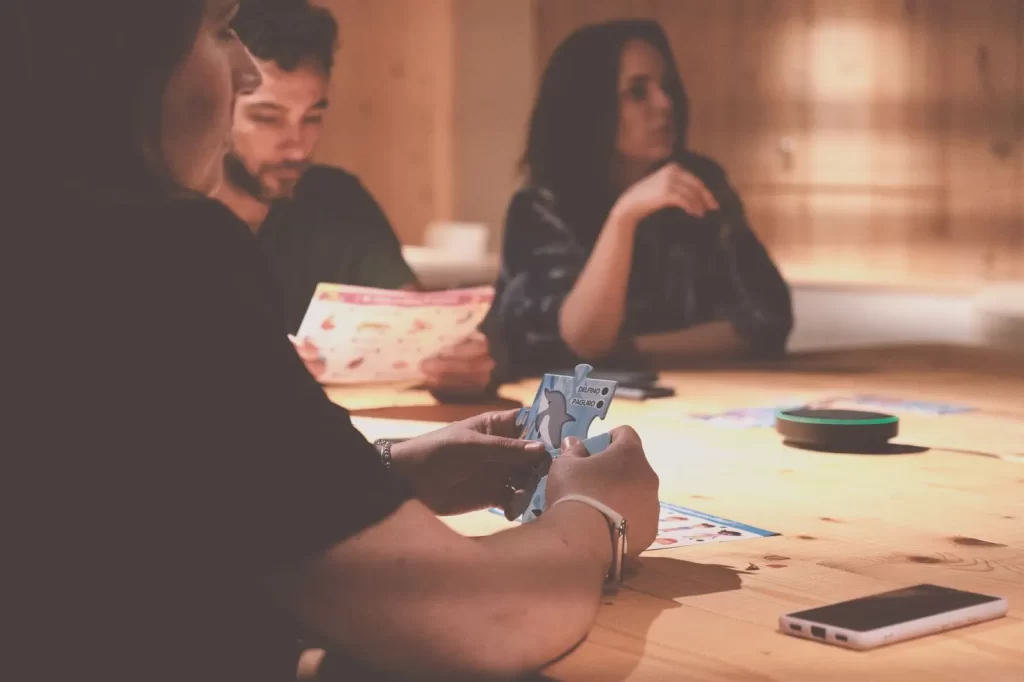Within the Open Places project, we welcomed and listened to the customers of the main brands in the educational games sector to understand their purchasing choices and design future development scenarios together.

The box from the last online order, empty, still on the floor, has become a boat: my daughter is sailing the waves of her imagination, her brother is a shark and the living room is a stormy sea. Woe betide anyone who even thinks of throwing it away.
It is not a simple “passage” of time; it is her “filling” of time, giving new meaning to things, in a fascinating journey of discovery and continuous evolution, which changes shape along with her. Playing is her job.
Mario Clementoni, founder of the company of the same name, often repeated this phrase: “Play is a serious thing. You should never stop playing, especially when you grow up”.
Here, sharing this thought, we asked ourselves: what is (or what should be) the best gaming experience?
The answer, as always, was already in the pockets of those who, every day, live this experience: children and their parents.

An “open place” to talk about the experience with educational toys
In June, as part of our “Luoghi Aperti” project, we conducted research on the experience that the main brands in the educational toy sector offer their customers. We opened the doors of TSW to the companies that were the subject of the research but above all to the people – in this specific case, parents of children aged 3-6 – who live that experience every day, to understand its quality together with them and design together the future development scenarios of the sector.
The value that has emerged is enormous. After all, it is not difficult to imagine the importance that moms and dads give to the time that tomorrow’s adults dedicate to play, especially when this is a source of learning as well as entertainment.
What are the essential elements of educational play by definition? What determines the choice on the shelf? What should the best gaming experience be like? How can brand communication convey its value?
In people’s stories we found the answer to these questions but above all we found other question marks to work on, together with companies capable of listening.

Toys: how to design the experience of use, and the shopping experience
Before any further consideration, it is worth reflecting on the peculiar dualism that characterizes the toy sector and which sees the clear separation between “user” and “buyer”: the end user is in fact the child but the choice of purchase regarding the game – although influenced by his preferences – is in fact up to the parent (or uncles, grandparents, friends who collect indications and suggestions from the parent).
Designing an experience that takes both players into consideration is key to existing with a quality product in such a crowded market.
That’s why product research-to invent or improve it-along with children is the starting point of a whole journey with brands in which mom and dad can (more correct would be to say “must”) also be involved to understand the levers that really drive their purchasing choices.
Research continues, together with children and parents to design valuable gaming experiences
We cannot share data but what has emerged confirms an immediate need for the company: listening to its customers. Not through generic industry trends or panels of respondents for a fee, activities that are certainly supportive, but incapable of competing with the wealth of information that real listening to authentic experiences generates.
The real value lies in the children who rack their brains over the dense information of a box or instructions designed for an engineering graduate, who struggle to hold objects not designed for the hands and motor skills of the age group they say they are intended for, who would like to take the game on vacation if only it took up less space or had a handle; they are mothers and fathers who would like less plastic, “healthy” technology, educational content that goes beyond models and gender stereotypes of past generations, digital content capable of orienting and not confusing choices.
There are endless areas of exploration and possibilities for improvement (and value creation) for those who truly care about the final experience. And who if not those who fill children’s time should make it a mission?
TSW: a continuous observatory to improve the experience
TSW’s “Open Places” are the “where” and “how” companies can work, alongside their customers, to design products and services capable of bringing value to people and consequently to brands.
With each new research project we shine a light on experiences (digital and otherwise) that can be improved. By listening to people we understand how to do it. Together with companies we make it happen.